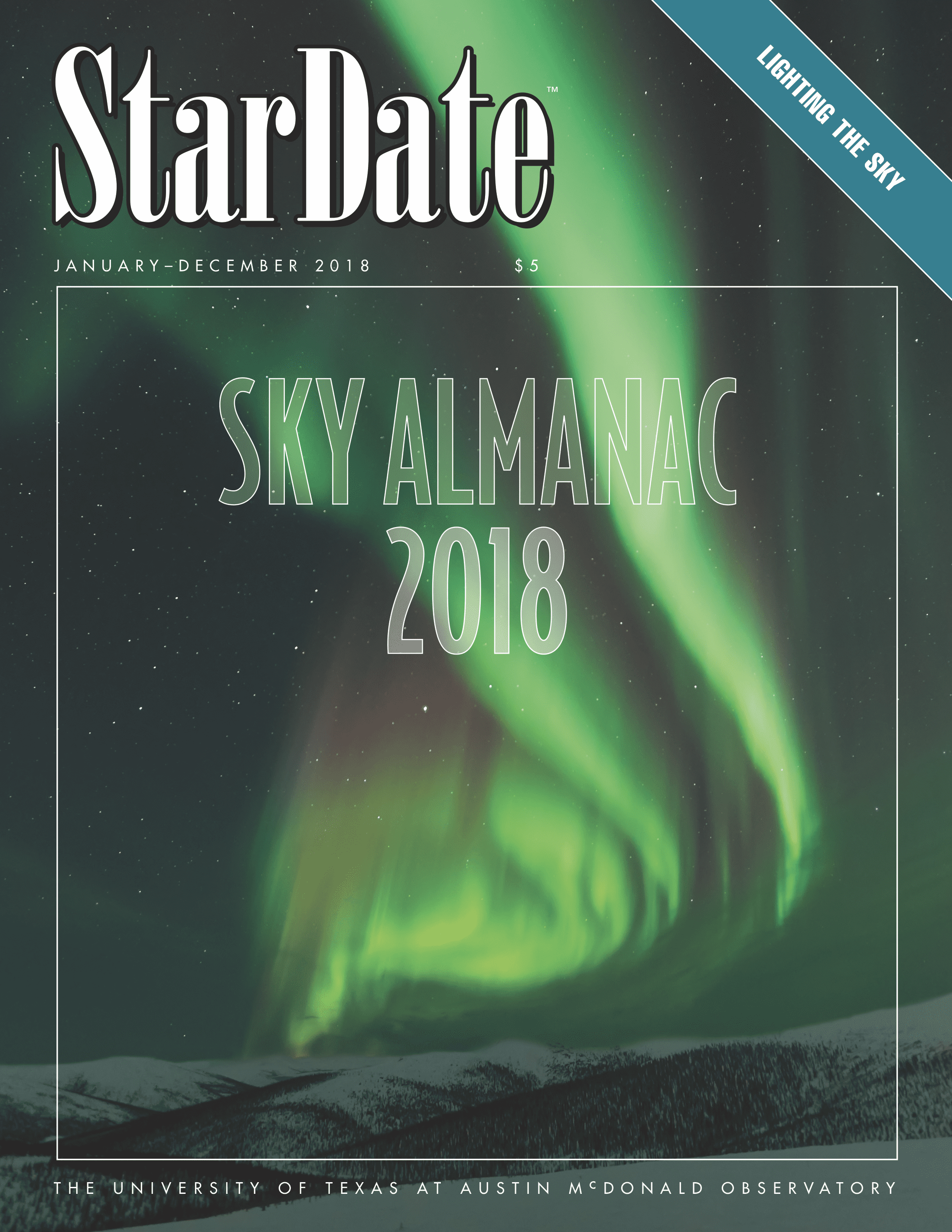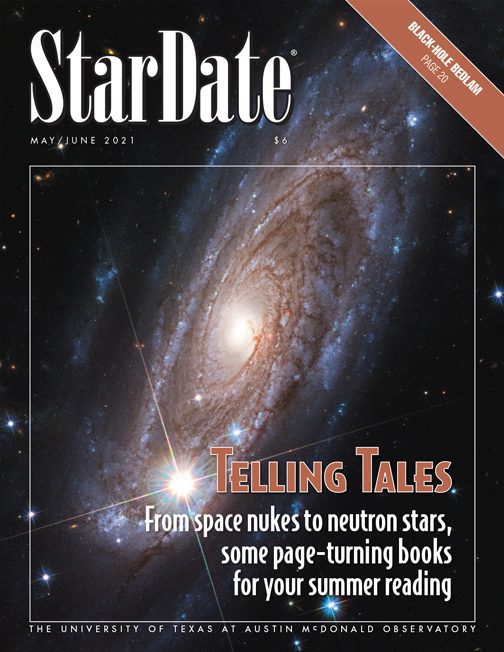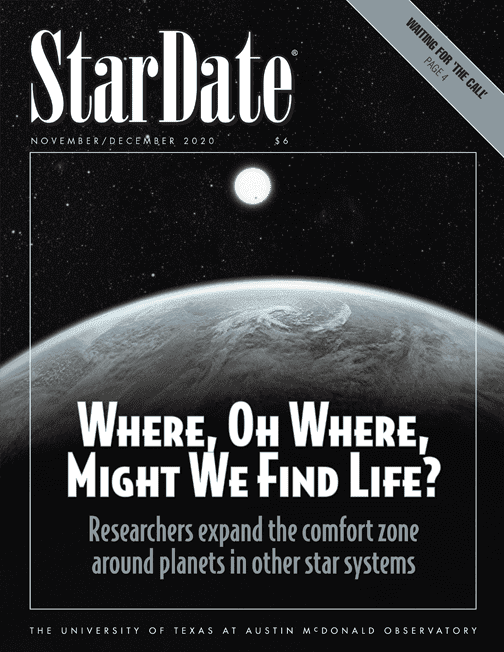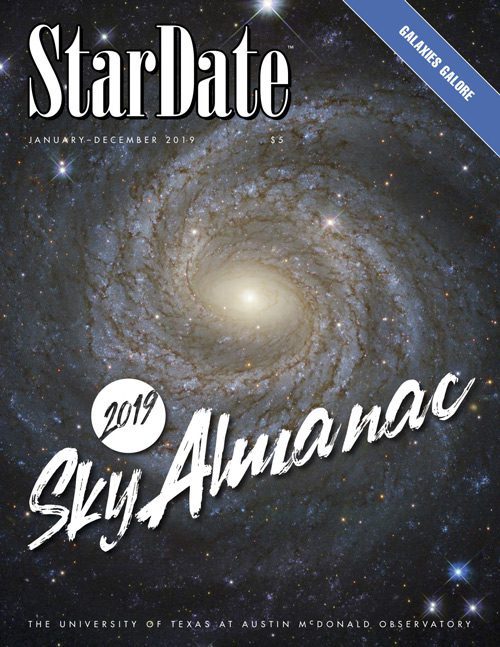Our 2018 Sky Almanac explains many of the beautiful colors that sometimes adorn the sky, from the blue of a daytime sky to the shimmering green of an aurora to the multiple colors of a rainbow in our Sky Almanac issue. The almanac also offers skywatching tips for every month of the year, details on meteor showers and the planets, and much more. For the rest of 2018, it’s available at a reduced price!
$5.00
SKU: 709 1802 Categories: Issues, Sky Almanac



